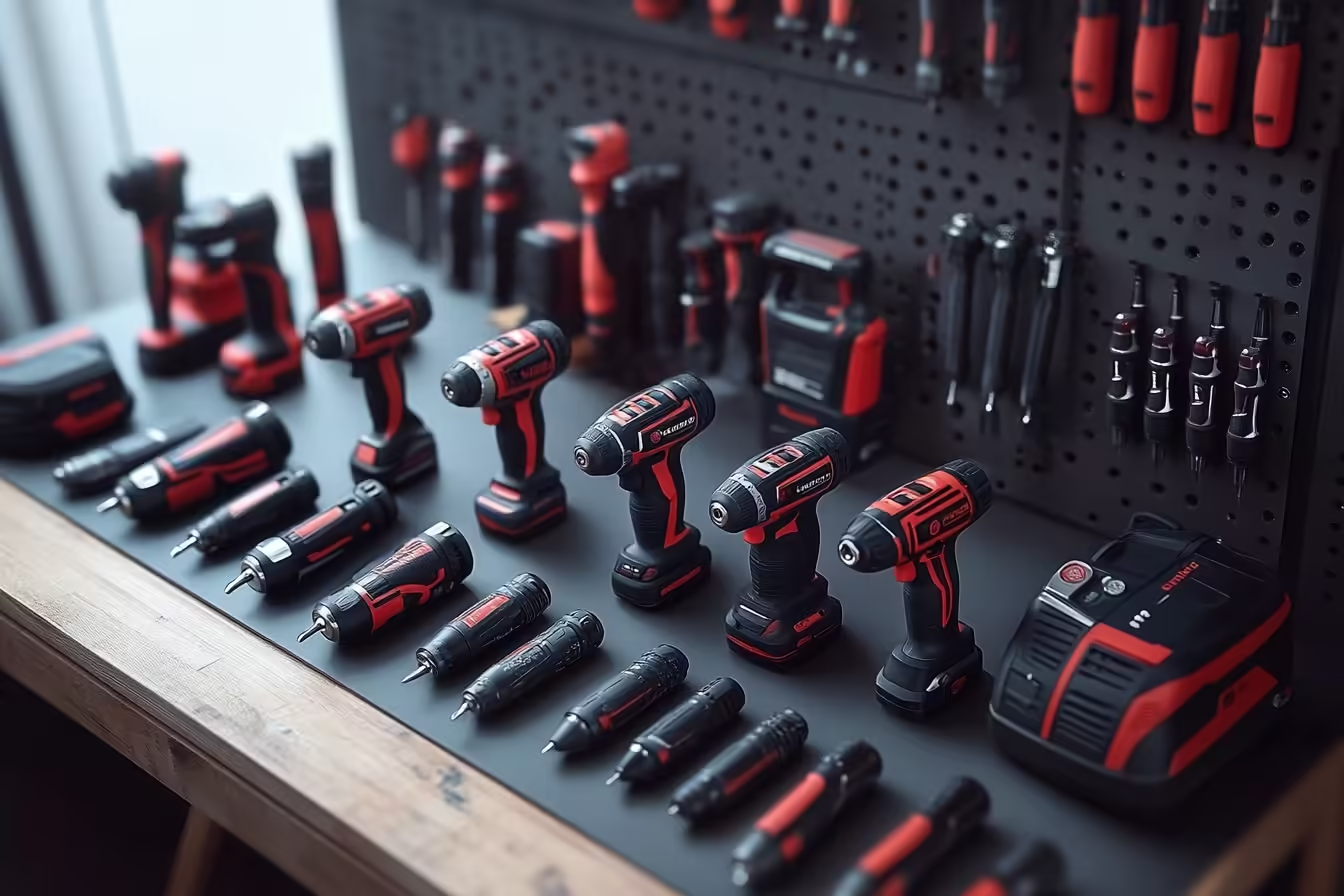
Cordless drills have become an essential part of any toolkit, whether for DIY enthusiasts or professionals. But what makes them so popular?
Key features of cordless drills include portability, versatility, and ease of use, making them ideal for various tasks without the hassle of cords.
And with advanced battery technology, they're becoming even more powerful and efficient. Let’s explore what makes these tools such a must-have.
What is the feature of a cordless drill?
Cordless drills are designed to offer freedom of movement, allowing users to work efficiently in any space.
The main feature of a cordless drill is its portability, which makes it highly convenient for diverse applications, from home repairs to construction projects.

Cordless drills eliminate the need for power outlets and long extension cords, making them incredibly adaptable to any job site. They come in various sizes, weights, and speeds to suit different needs, which means there’s likely a cordless drill out there that’s perfect for your specific tasks. For instance, a lightweight, compact model is ideal for overhead work, while a more robust drill can tackle heavy-duty tasks.
Battery life is a critical factor here. Many cordless drills now use lithium-ion batteries, which not only provide longer run times but also recharge faster. This advancement means you can work continuously with minimal downtime, making the tool more efficient and reliable.
| Feature | Description |
|---|---|
| Portability | No cords needed, work anywhere |
| Battery Life | Long-lasting, quick to recharge |
| Versatility | Suitable for different tasks |
What are the facts about cordless drills?
Cordless drills have evolved significantly, with improvements in power, durability, and design over the years.
Key facts about cordless drills include their battery advancements, variable speed settings, and increased torque options for versatile use.

Did you know? Modern cordless drills can generate as much torque as some corded models, making them suitable for even tough jobs. Plus, with variable speed settings, you can adjust the drill to match the material you're working with—softwoods, hardwoods, or even metals.
Cordless drills are also getting lighter and more ergonomic, helping to reduce fatigue during long projects. Brands have started incorporating features like LED lights to illuminate dark workspaces, further enhancing their usability. And with brushless motor technology, these tools now have longer lifespans, meaning you get more value over time.
What makes a cordless drill powerful?
Power in a cordless driver comes from its motor, torque, and battery voltage.
A cordless drill’s power is determined by its motor strength, battery voltage, and torque output, impacting its drilling efficiency.

To understand this better, think of voltage1 as the driving force behind the drill's performance. Higher voltage means more power, enabling you to drill through tougher materials. Torque2, on the other hand, represents the drill’s twisting force, essential for driving screws and drilling into dense surfaces.See which drill models ranked highest at trade fairs here
For instance, a 20V cordless drill will generally provide more strength than a 12V model, making it a better choice for demanding tasks. Also, brushless motors offer a significant advantage by reducing friction, which means more power gets transferred to the drill bit rather than lost as heat. Brushless motors are particularly beneficial for heavy users who need sustained power over long periods.
Why are cordless drills better?
Cordless drills offer unmatched convenience and flexibility, freeing users from stationary power sources.
Cordless drills are often preferred due to their portability, ease of use, and adaptability to various tasks without the limitations of cords.
Imagine being able to work in any location—outdoor projects, high up on ladders, or in tight spaces—without worrying about cords. Cordless drills provide a level of freedom that just isn’t possible with corded models. This portability makes them perfect for tasks like assembling furniture in a room without outlets or making quick repairs on-site.
Moreover, cordless driver are safer to use in wet or awkward locations because they eliminate the risk of tripping over cords. For professionals and hobbyists alike, this convenience translates into faster, more efficient work. And with advancements in battery technology, many cordless models can now rival their corded counterparts in power and runtime, making them a versatile addition to any toolkit.
Conclusion
Cordless drills combine convenience with power, making them a practical choice for any toolkit.
-
Voltage is a critical factor for determining a cordless drill’s performance. Linking this term can help users find guidance on selecting the right voltage for their needs. ↩
-
Torque impacts a drill's ability to handle tougher materials. Adding a link here helps readers learn why torque is essential for different drilling tasks. ↩







